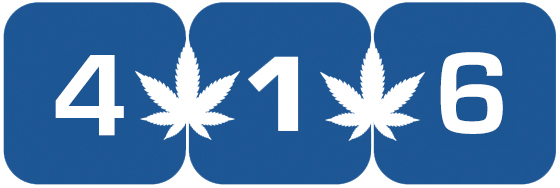By A. Craig Copetas and Gary Putka
Khat: the cocaine of Africa—the mint green leaf of the shrub Catha edulis—is a way of life in the new nation of Djibouti and the ancient land of Yemen. Grown on large farms resembling old-world tea plantations in Ethiopia’s rainy and embattled southeastern Harrar Province, its rough, bushy plant also thrives in the cool mountains of Yemen, where glossy-eyed Arabs ruminate its invigorating leaf like so many campesinos chewing coca.
After cultivation and harvest, branches of leaves are rushed to Diredawa, Ethiopia’s civil-war-torn transportation hub, for the night flight to clients across the Djibouti frontier. In Yemen the precious crop comes down from the mountains the quickest way possible, for the khat leaf is perishable and must remain fresh or lose its potency. It’s efficacy after cutting lasts for roughly 24 hours, and then only if the leaves are kept moist.
Not even the Somali-led insurgency in southeast Ethiopia has interrupted the rapid transshipment from Diredawa to Djibouti. The khat run has been a twice-daily affair on Ethiopian Airlines. It is so lucrative that African observers are confident it will continue unhindered even if the Somalians win the siege of Diredawa. Meanwhile, the cargo is increasing daily and stands presently at eight tons a day. When khat arrives in Djibouti, the normally listless tropical port explodes into a bustling metropolis.
By late morning, motorbikes, trucks and cars carrying wholesale traders make the three-mile speedway dash to the airport to buy up the natural stimulant by the bag as soon as it is offloaded.
Although khat has been illegal in Djibouti ever since the country gained its independence in 1976, the newly-vested authorities have followed the colonial French example of looking the other way. Indeed, using the tactics employed by the …
Read More
Author: High Times / High Times







